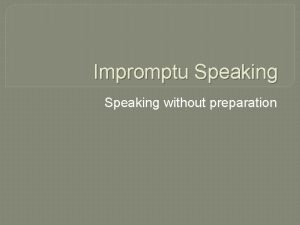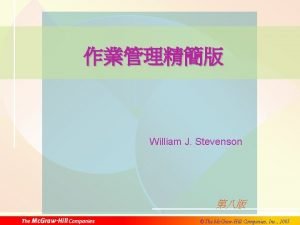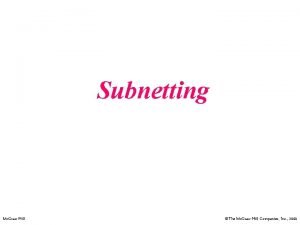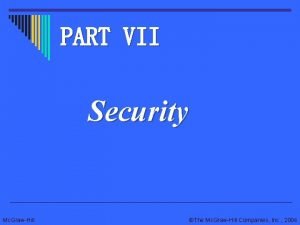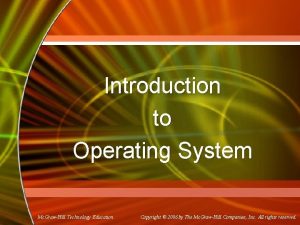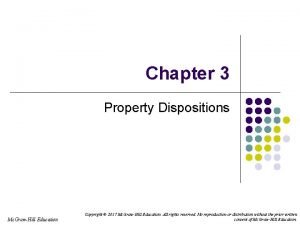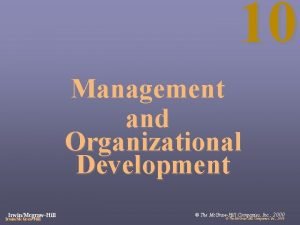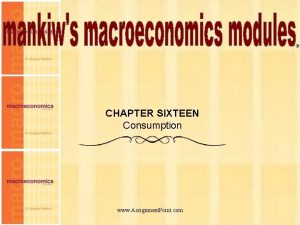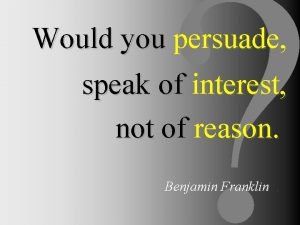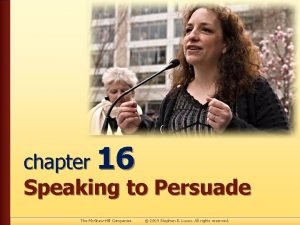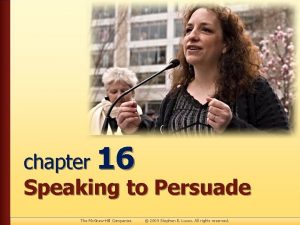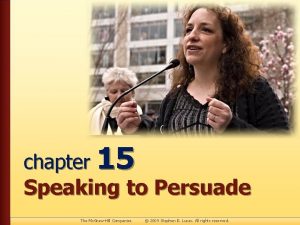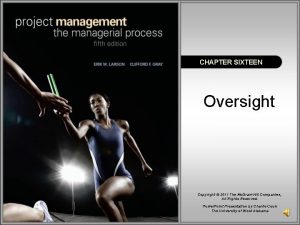CHAPTER SIXTEEN Speak to Persuade Mc GrawHill 2013










- Slides: 10

CHAPTER SIXTEEN Speak to Persuade Mc. Graw-Hill © 2013 Mc. Graw-Hill Companies. All Rights Reserved.

Main Ideas in the Chapter 1. Understand Persuasive Speaking 2. Recognize Types of Persuasive Speeches 3. Use Effective Persuasive Strategies 16 -2

#1 – Understand Persuasive Speaking n Persuasion means deliberately attempting to influence thinking or actions of others. n Creates, changes, or reinforces thinking n Creates, changes, or reinforces action 16 -3

#2 – Recognize Types of Persuasive Speeches Persuasive speeches argue assertions of: Fact – whether something is true • Value – whether something is right • Policy – what should happen? • 16 -4

#3 – Use Effective Persuasive Strategies n Know your audience. • Is your audience open and receptive? • Is your audience is indifferent to or uninformed about your idea? • Is your audience closed and unreceptive? 16 -5

#3 – Use Effective Persuasive Strategies n Be realistic about your persuasive goal. The more mainstream the audience, the less radical the goal. 16 -6

#3 – Use Effective Persuasive Strategies n Be organized. n Be understood first. 16 -7

#3 – Use Effective Persuasive Strategies n Use classical appeals. • Use the power of your character. § Demonstrate ownership of the material. § Emote, but don’t over-emote. § Be ethical and civil. 16 -8

#3 – Use Effective Persuasive Strategies n Use emotional appeals. n Use contemporary appeals. • Electronic eloquence • Expectancy-outcome values theory • Public memory • Expectancy violations theory 16 -9

#3 – Use Effective Persuasive Strategies n Maslow’s Hierarchy of Needs • Self-actualization • Esteem • Love and belongingness • Safety • Physiological 16 -10
